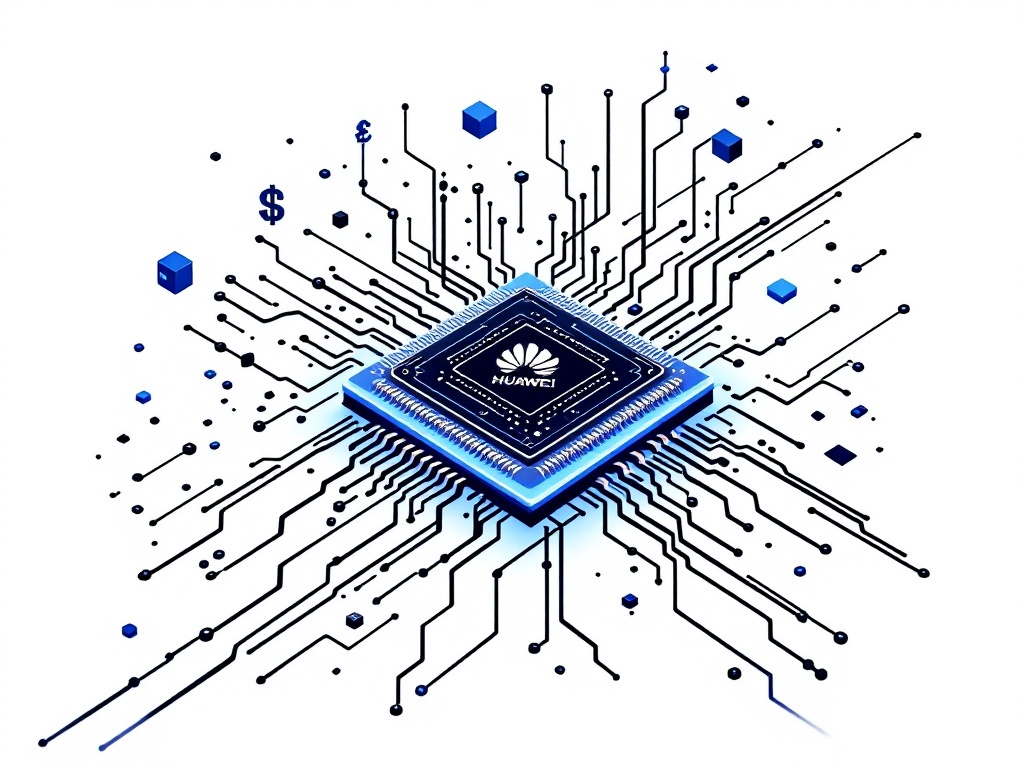Huawei's Ascend 910C Chip Challenges Nvidia with 60% Performance

Shenzhen, Wednesday, 5 February 2025.
Huawei’s newly launched Ascend 910C chip achieves 60% inference performance of Nvidia’s H100, potentially altering the competitive landscape in AI technology despite challenges in training reliability.
Breakthrough Performance and Specifications
Huawei’s latest Ascend 910C chip, unveiled on February 3, 2025 [4], represents a significant advancement in AI chip technology. The processor features 53 billion transistors and is manufactured using SMIC’s 7nm N+2 process technology [1][2]. In benchmark testing, the chip has demonstrated remarkable capabilities, achieving 60% of Nvidia’s H100 performance in inference tasks [1][4]. This performance level has been independently validated by major Chinese tech companies including Baidu and ByteDance [5].
Production Plans and Market Impact
Huawei has announced ambitious production targets, planning to manufacture 1.4 million Ascend 910C chips by December 2025 [1]. The chip is being priced competitively at approximately $28,000 per unit, based on a reported order of 70,000 chips valued at $2 billion [5]. This pricing strategy positions it directly against Nvidia’s offerings [GPT]. The market has already shown sensitivity to this development, as evidenced by Nvidia’s shares dropping 17% on January 27, 2025, following related developments in the AI chip space [1].
Technical Challenges and Limitations
Despite its promising inference capabilities, the Ascend 910C faces some notable challenges. DeepSeek researcher Yuchen Jin has highlighted that Chinese chips still struggle with long-term training reliability, primarily due to Nvidia’s deeply integrated ecosystem advantages [4]. Additionally, production yields remain a concern, with reports indicating only about 20% yields for the Ascend 910 series [6]. The chip performs better in inference tasks but still lags behind Nvidia in AI training capabilities [2].
Global Market Implications
The introduction of the Ascend 910C comes at a critical time in the global tech landscape. With planned unveiling activities coinciding with Nvidia’s GTC 2025 keynote on March 18, 2025 [3], this development could significantly impact market dynamics. The chip’s emergence offers alternative options for regions restricted from accessing Nvidia products due to trade regulations [1]. However, upcoming U.S. policy changes, including potential new tariffs planned for February 18, 2025 [4], could affect the chip’s global market penetration [GPT].
Sources
- thereach.ai
- www.tomshardware.com
- wccftech.com
- www.trendforce.com
- www.reddit.com
- news.ycombinator.com